Next-day delivery on all of our products
Never beaten on PRICE, DISPATCH, or QUALITY
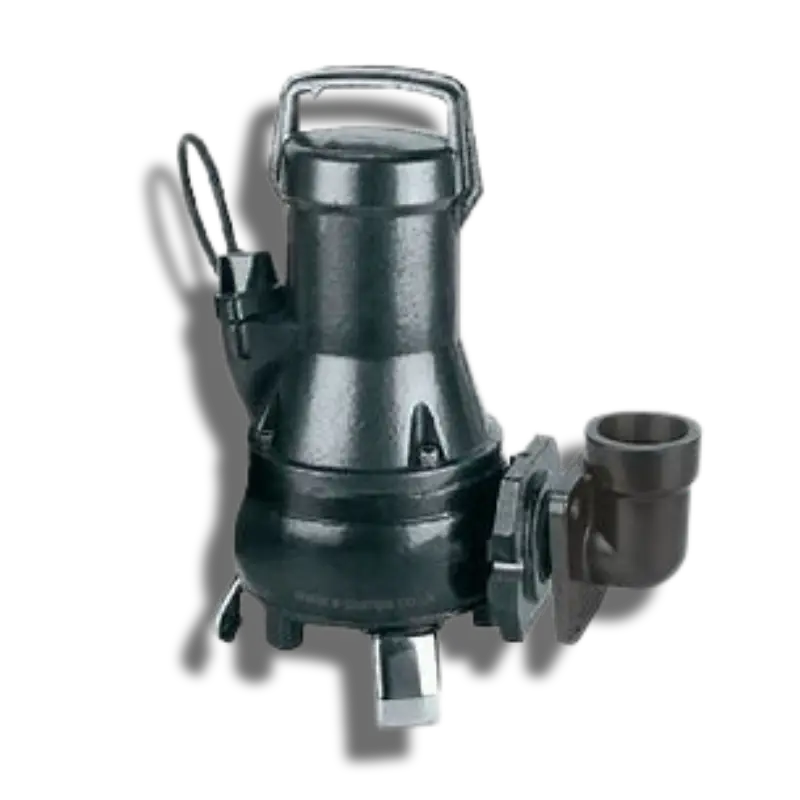

Showing all 13 resultsSorted by price: low to high
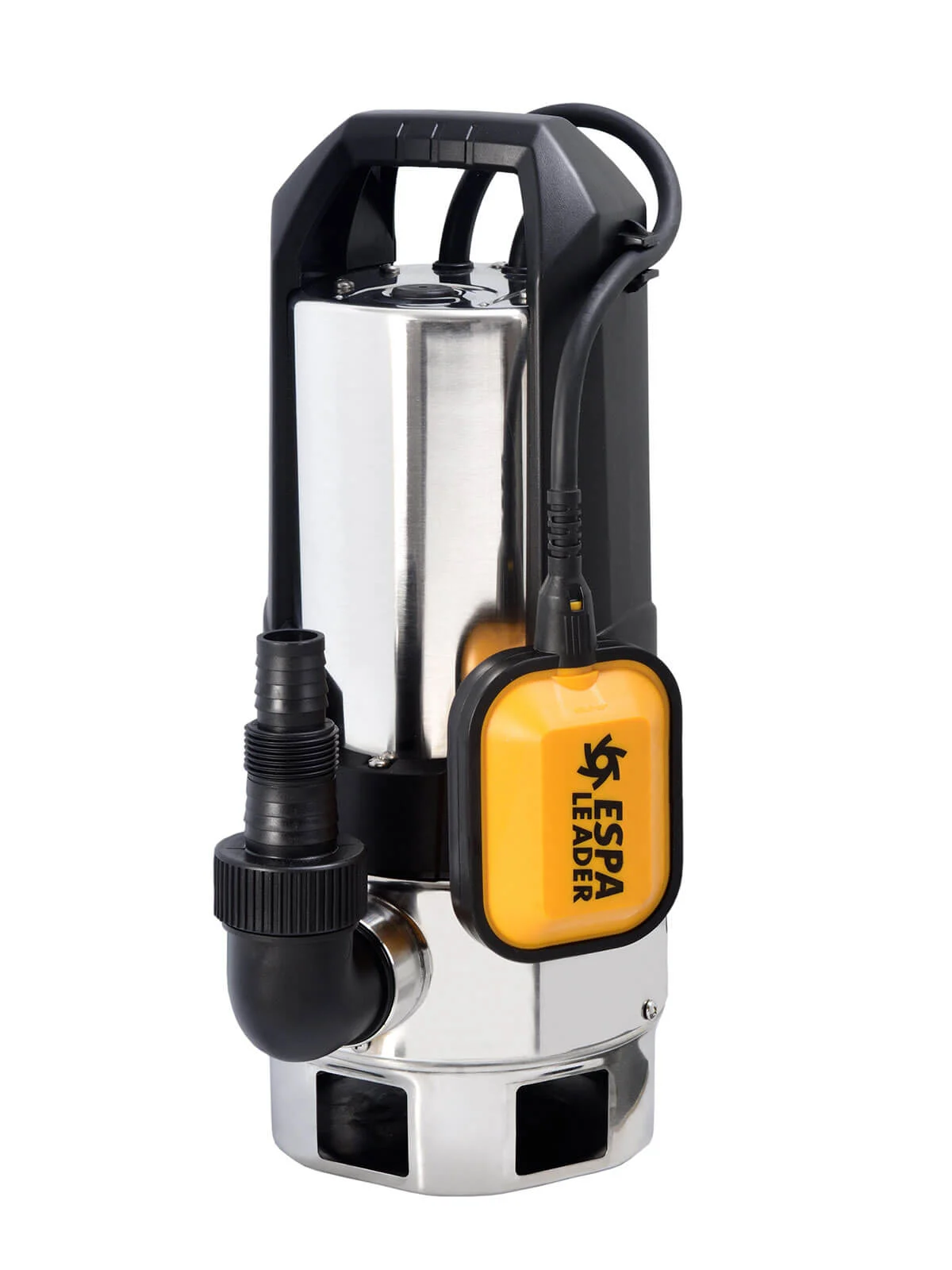
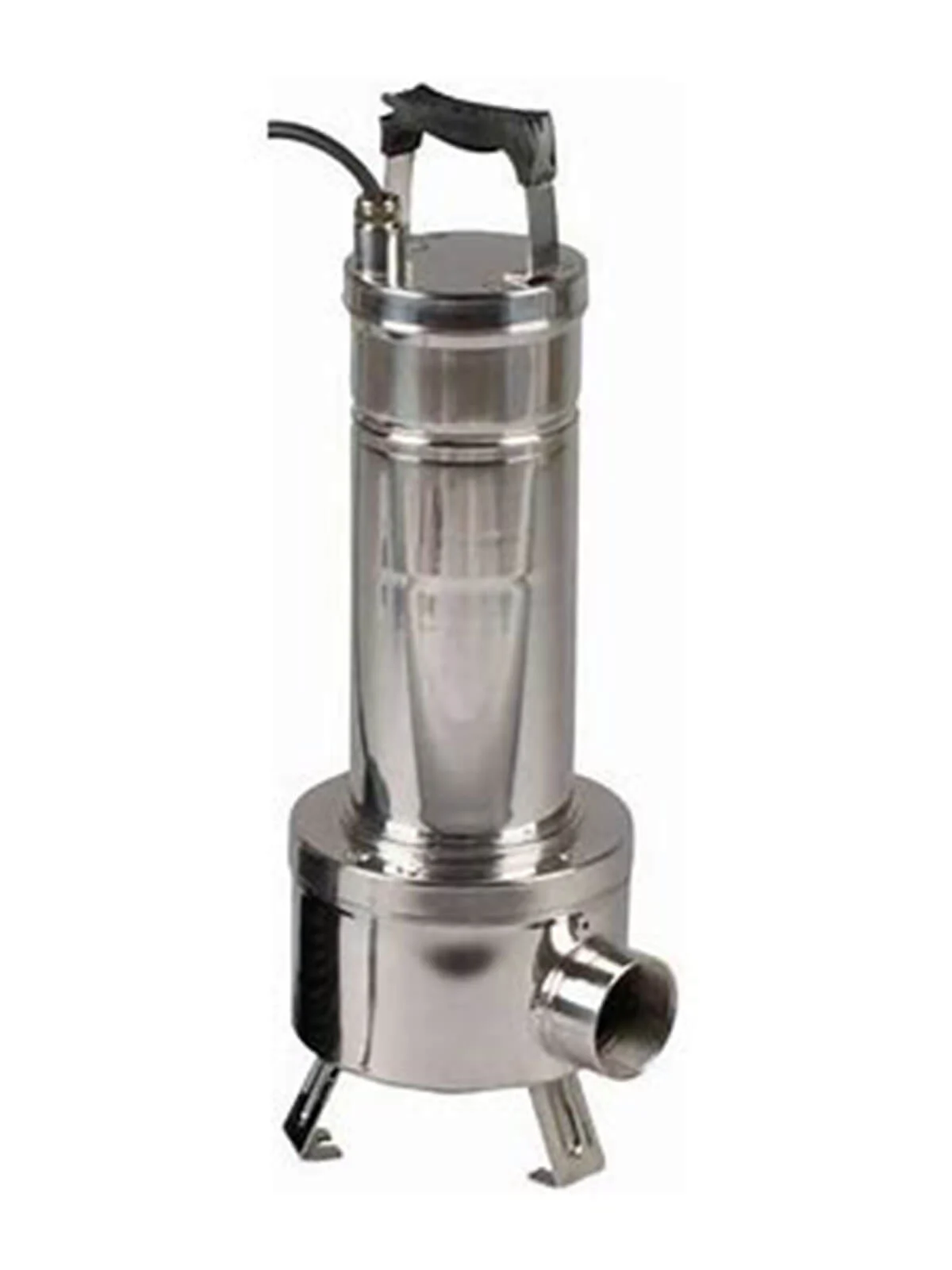
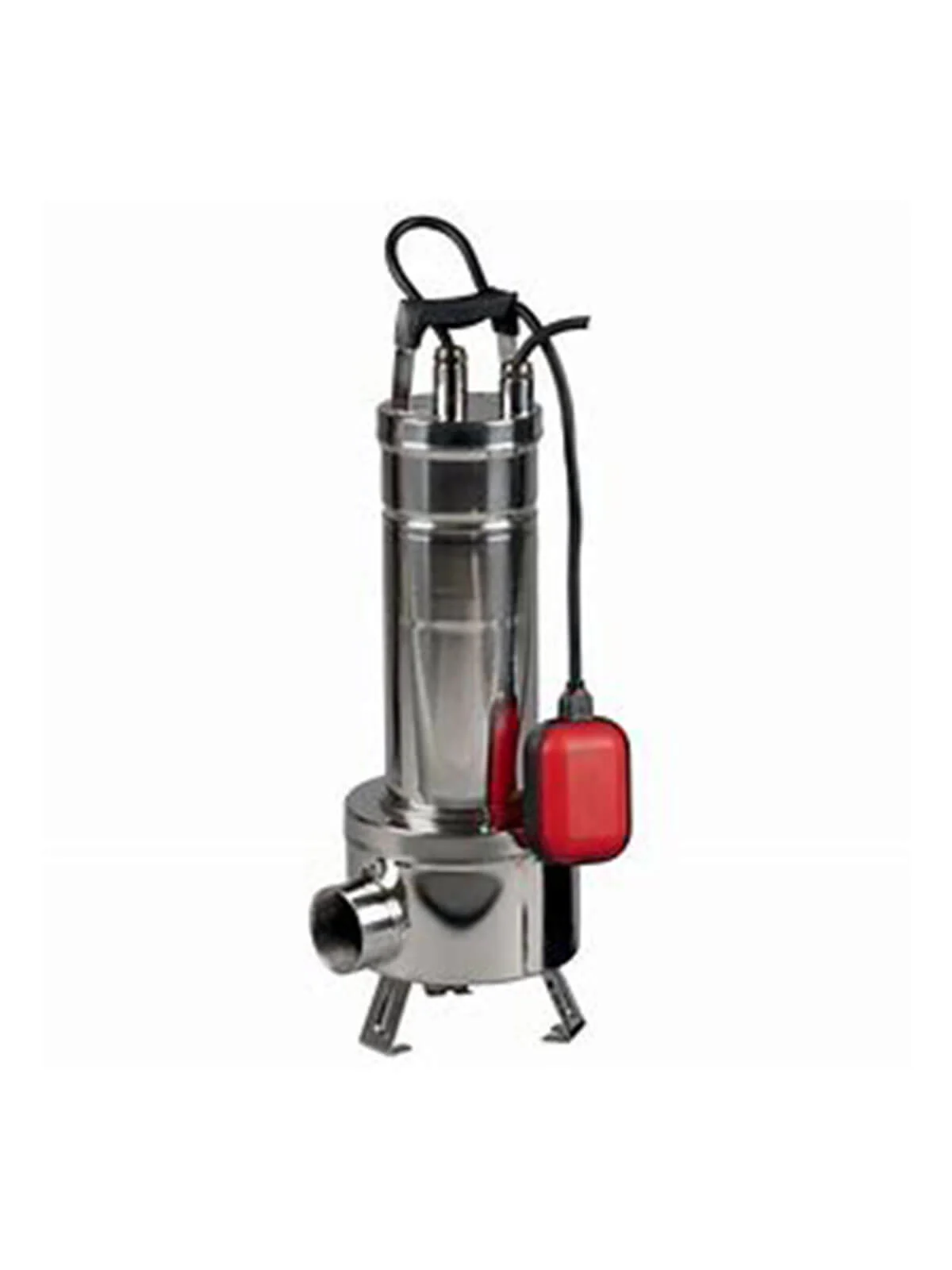
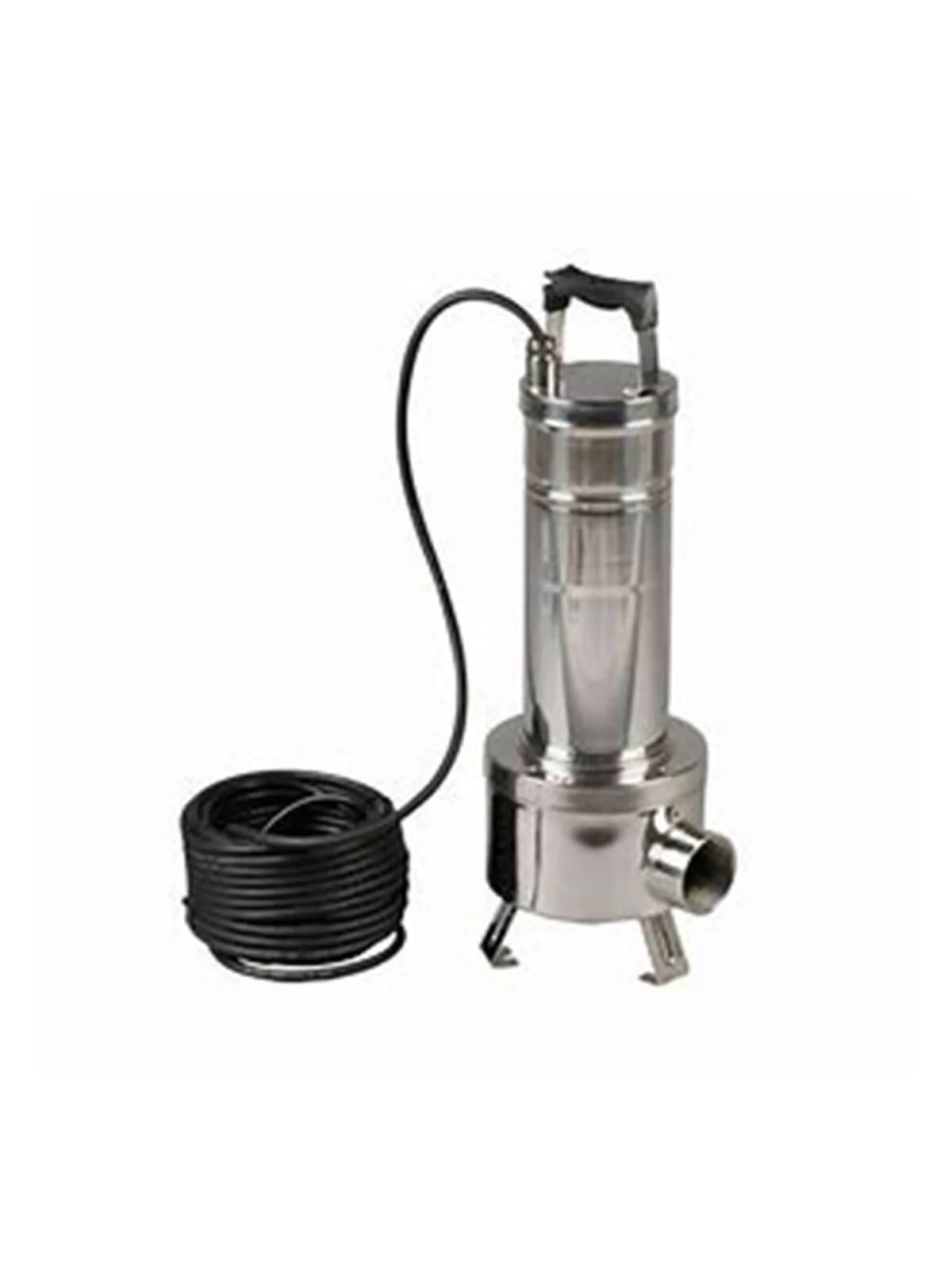
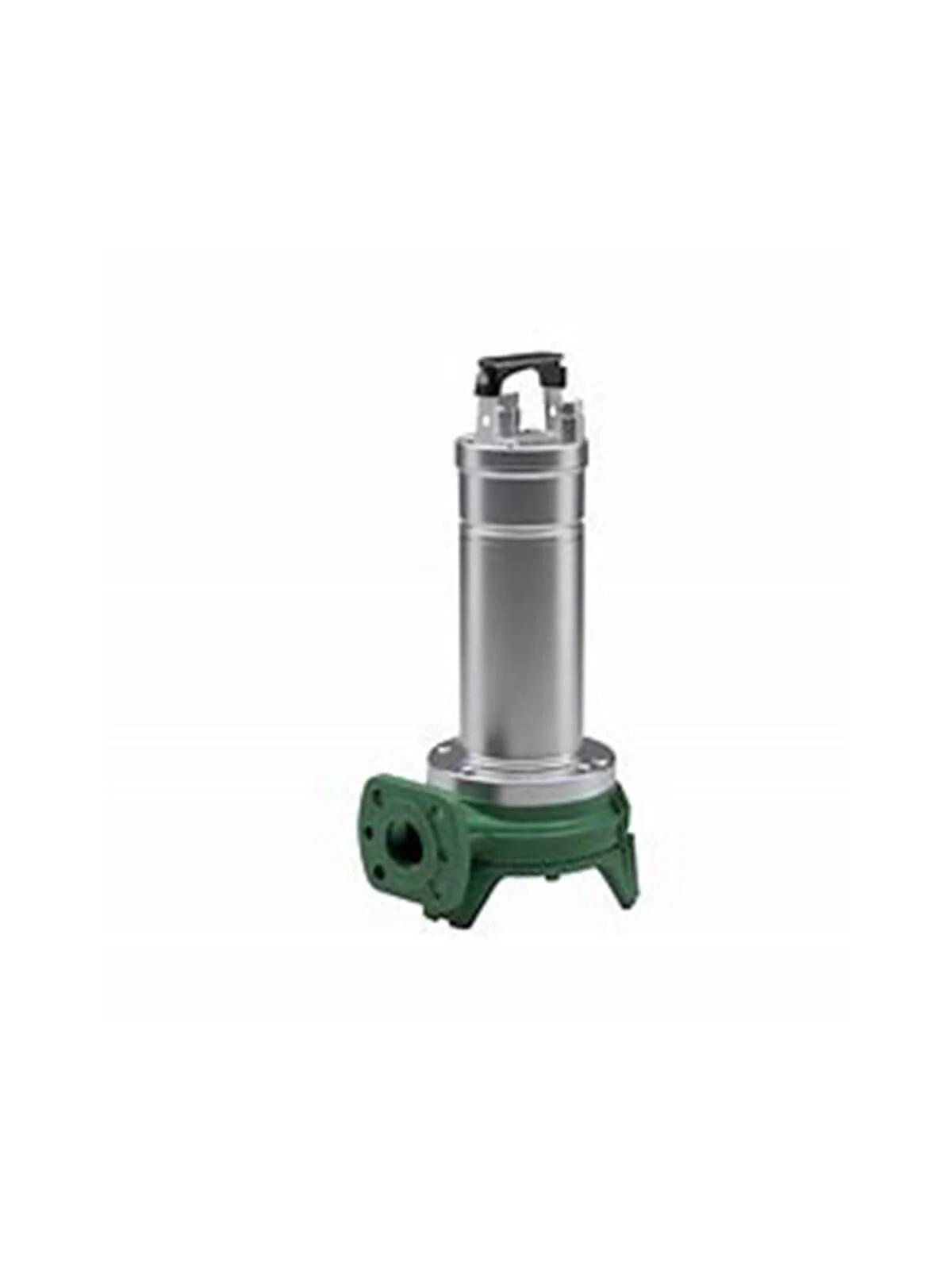
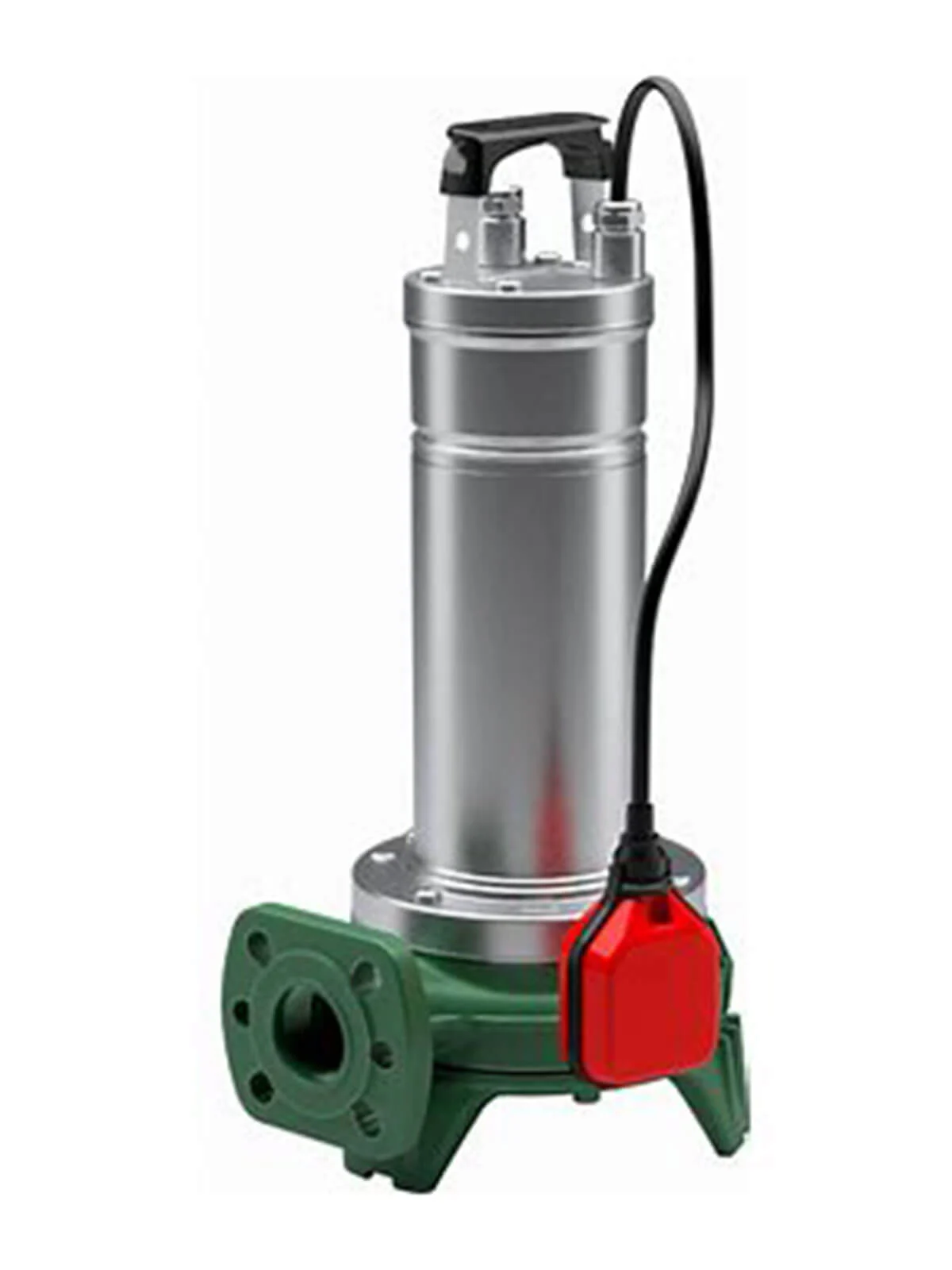




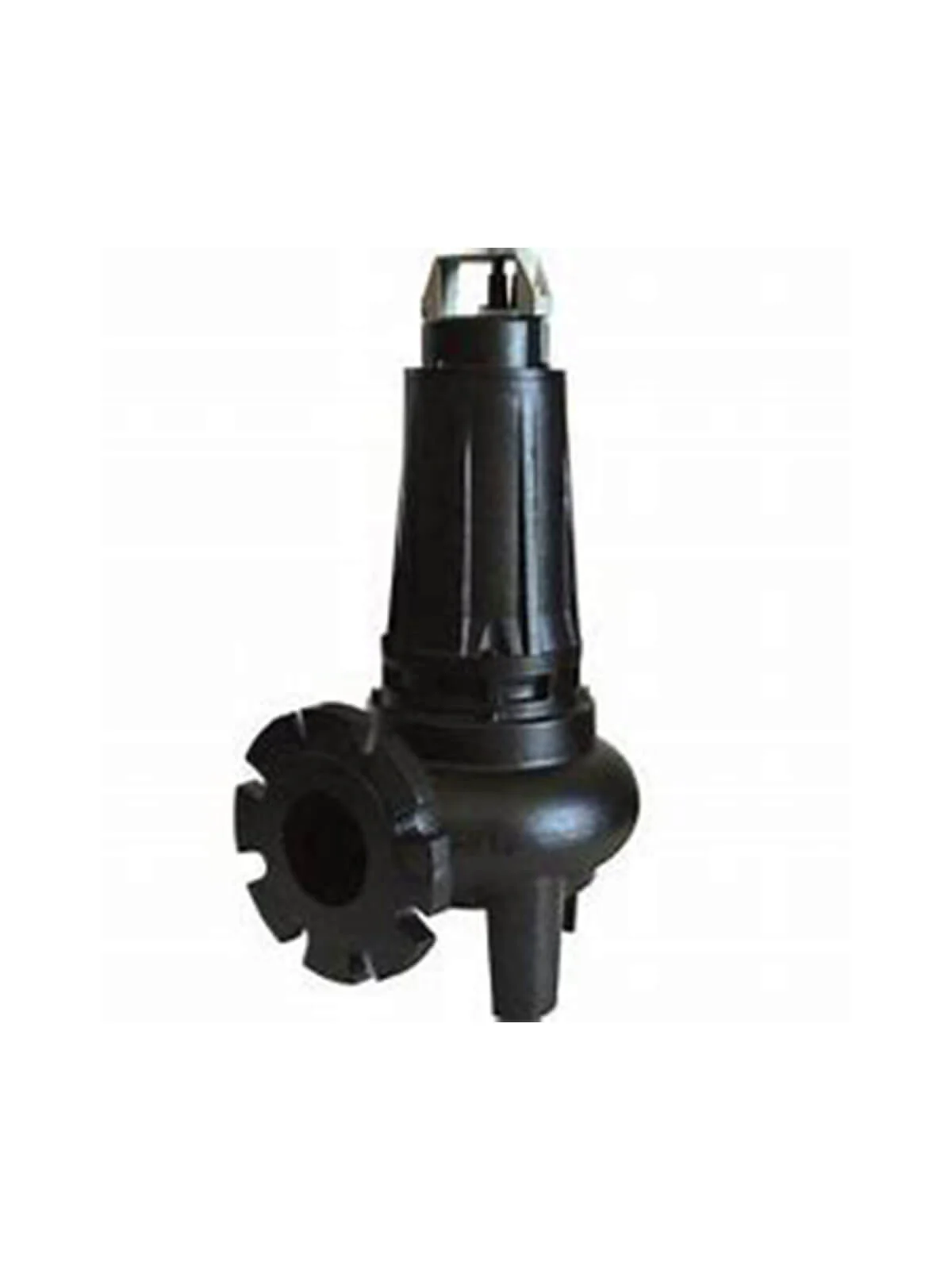


Submersible pumps are designed to work underwater and are great for jobs like pumping water from wells, draining flooded areas, and handling wastewater.
Getting water from wells: These pumps are perfect for drawing water from deep wells or boreholes and moving it to storage tanks or water systems.
Irrigation: They can supply water from lakes, reservoirs, or other sources for watering crops and gardens.
Removing floodwater: Great for clearing water from flooded basements, sump pits, or low-lying areas.
Lowering groundwater: Used at construction sites to prevent water buildup.
Draining ponds or pools: Helps empty unwanted water from ponds, pools, or other water bodies.
Wastewater treatment: Moves wastewater through treatment systems.
Sewage transfer: Helps transport sewage from one place to another.
Industrial pumping: Handles various liquid-pumping needs, including thick slurries.
Oil and gas industry: Used in oil wells to help extract oil efficiently.
Mining: Helps remove excess water from mines.
Why Choose a Submersible Pump?
The biggest advantage of a submersible pump is that it works directly underwater, making it compact, efficient, and easy to install—without the need for extra pipes or housings.
Compact & Efficient – Since the motor and pump are housed together in a waterproof casing, there’s no need for extra suction pipes, making the system simple and effective.
Easy to Install – Just drop it into a well, sump, or tank, and it’s ready to go! No complicated setup is required, which helps save time and money.
Versatile Use – These pumps work well in many situations, including wells, sumps, tanks, and even industrial applications.
Safe & Reliable – Because the motor is submerged, it stays cool, reducing the risk of overheating or electrical hazards.
You might need a sewage pump if your home’s plumbing is below the main sewer line—this is common in basements or homes built on sloped land. Since gravity alone can’t move wastewater in these situations, a pump helps push it upward into the sewer system.
Your Home’s Location Matters – If your house sits on a slope or has plumbing below the main sewer line, a sewage pump is likely needed to move wastewater uphill.
Basement Bathrooms – If you have a bathroom in the basement, you almost certainly need a sewage pump since it’s lower than the main sewer line.
Watch out for these warning signs that a sewage pump might be necessary (or that your current one isn’t working properly):
Slow Drains – If your sinks, tubs, or toilets drain slowly or clog often, your drainage system may need a boost.
Sewage Odor – A persistent bad smell could mean waste is backing up instead of flowing properly.
Sewage Backup – Water or waste coming back up into sinks, tubs, or toilets is a clear sign of a problem.
Pooling Water – Water collecting in your yard or near the house might indicate a septic or sewage issue.
Strange Noises – If your sewage pump is making odd sounds, it could be struggling to work properly.
The main difference between a drainage pump and a sewage pump is what they handle. Drainage pumps move clean or slightly dirty water, while sewage pumps are built to handle wastewater with solids and debris.
Purpose – These pumps are used to remove excess water from places like basements, crawl spaces, and around foundations to prevent flooding and water damage.
Fluid Type – They handle clean or slightly contaminated water, like rainwater, groundwater, or water that’s seeped into a basement.
Design – Drainage pumps are typically smaller, lighter, and less powerful than sewage pumps, with simpler designs that don’t handle solids.
Examples – Sump pumps are commonly used in basements to pump out extra water.
Purpose – Sewage pumps move wastewater, including human waste and other solids, from places where gravity can’t push it to a sewer or septic system.
Fluid Type – These pumps handle wastewater with solids, like toilet waste, greywater, and other household wastewater.
Design – Sewage pumps have stronger motors and impellers to handle solids. Some even have grinders to break down solids before pumping.
Examples – Sewage ejector pumps are used in homes with basements or areas below the sewer line.
Each pump does a specific job to keep your home safe and dry!